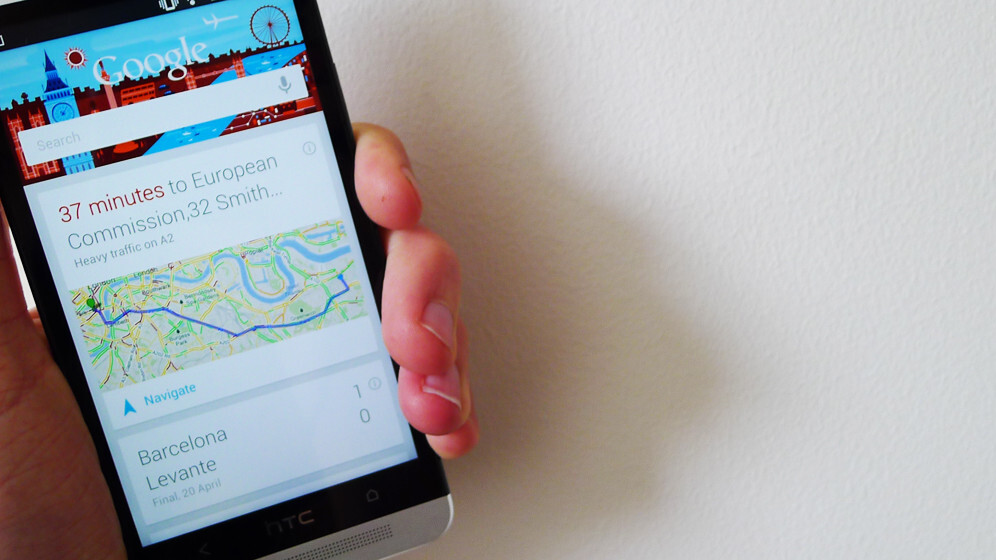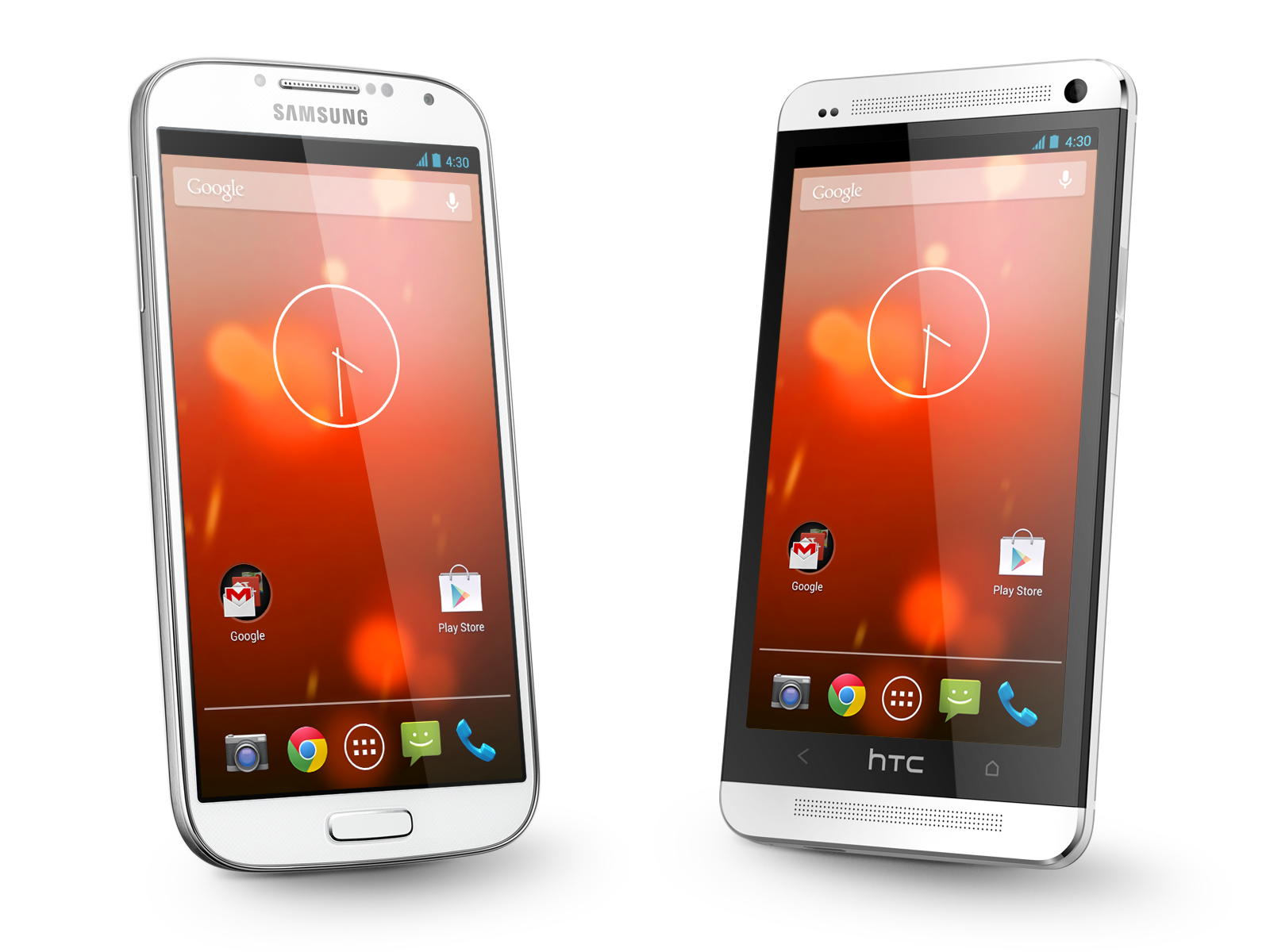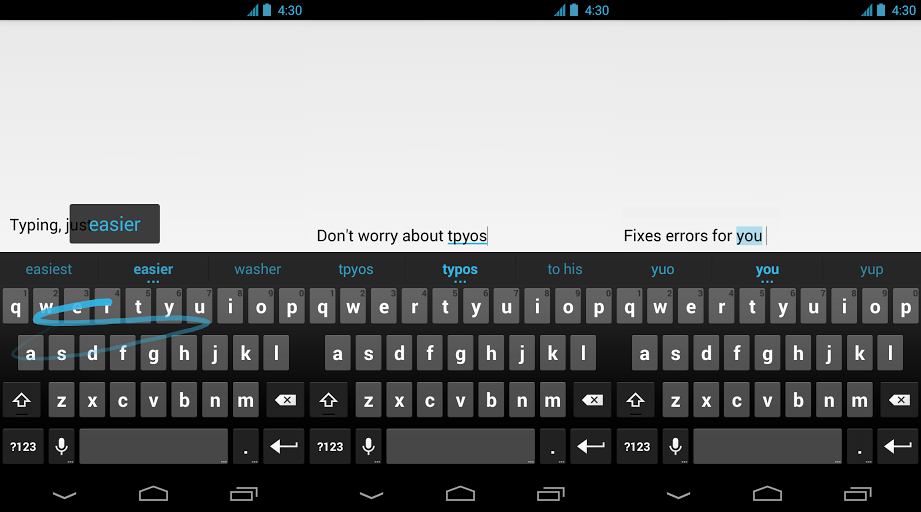
For some, Android version 4.3 was a little underwhelming. At a somewhat dry, technical level there were some interesting additions; restricted profiles helped families keep track of the apps and content their children can access; support for OpenGL ES 3.0 brought higher fidelity lens flares, reflections and shading to mobile video games.
These are rather incremental changes though. In all likelihood, version 5.0 will be far more significant for Android. But even so, the platform’s next major upgrade could be a little disappointing to some, especially in comparison to the colossal redesign being offered by Apple in iOS 7.
That’s okay though, because Google’s drive to offer stock features as standalone Android apps is bypassing that problem completely.
Time and time again, news stories emerge criticizing the fragmentation of Android. With every major update, as well as the annual release of new flagship smartphones, the problem gets worse. Apple does a much better job with iOS, but in fairness it only has to deal with a fraction of the handset models; Apple is also the only OEM using its own platform.
If Google were to do the same with Android – essentially only catering for the Nexus program or Google Edition devices – the fragmentation across both platforms would probably be about the same.
The problem boils down to carriers and individual OEMs. New Android updates hit the Nexus range relatively quickly, but the roll-out to any other handset offered on contract – pretty much anywhere in the world – is painfully slow. Google can try to accelerate that process, but it’s a problem that is almost inherent to the mobile and telecoms industry at the moment.
Relying less on major Android updates
So Google has decided to just avoid the problem altogether. A couple of months ago it released the stock Android keyboard in the Play Store, to the delight of many Android users. Google didn’t need to do that – every Android smartphone comes with a keyboard of some description, and there are a ton of third-party alternatives – and in some ways offering it actually disincentivizes buying Nexus and Google Edition handsets.
So why do it? Offering what would normally be stock Android features in standalone apps gives Google greater control over its development cycle. The company can innovate faster – major Android updates only come around every six months or so – and users can download them from the Play Store instantly.
Sure, these apps still require a specific version of Android – but most of them usually support at least the last few iterations. Regardless, it’s still far better than waiting for months, possibly years on a carrier update.
The decision to offer these core Android apps to everyone in the Play Store is a stroke of genius. Google can now effectively update key parts of the operating system whenever it pleases. Bug fixes and new features roll out at a steady clip, and it gives Android users the ability to pick and choose which of these apps they want on their device.
Google Calendar, Sound Search, Chrome – a large number of the most basic Android features now reside in the Play Store. Heck, in total Google now offers Android users more than 50 of its own apps. In the same manner, Google Play Services ensure that developers can integrate core Android OS functionality into their apps and offer them without waiting for a firmware update.
Such a strategy pulls the emphasis away from the major Android version updates, and subsequently away from international carriers and OEMs.
Google still needs these updates to introduce UI changes and more fundamental improvements to the operating system, but many of the more obvious, marketable features – the apps that Android users get really excited about – can be made more widely available. Google Now, Google Play Music All Access and Google Keep, to name a few.
Which apps could come next?
Fragmentation will therefore become less of an issue. More Android users are now able to keep up with the latest core features, which will satisfy the average consumer until the next major update finally comes through on their device. Or until they just upgrade to a new handset.
Google would be wise to do even more of this. Google Hangouts will be updated with SMS support somewhere down the line; if it becomes the default messaging app on Android, suddenly that’s another core feature available to everyone in the Play Store. Doing the same for the default camera app and People app would be a logical next step.
The approach should also appease lovers of stock Android. For many, this is of the utmost importance when buying a new smartphone. It’s seen as the pure, unaltered form of Google’s mobile operating system, devoid of the ugly skins and irritating apps preloaded by carriers and OEMs alike.
These skins are getting better though. HTC Sense is slowly improving and the Moto X looks pretty close to stock Android at a glance. Again, by offering more of the stock Android features in the Play Store – take the keyboard – Google is empowering users to fix many of these problems for themselves. TouchWiz will always be TouchWiz, but these offerings soften the blow somewhat.
Looking ahead
The incremental version updates for Android will continue, but I wouldn’t be surprised if they became notably more infrequent. Google’s focus should always be on the next big overhaul – the one that’s absolutely necessary and drives the platform forward. This approach will make harassing carriers and OEMs even more important with each release, but the frequency at which Google has to participate in this infuriating dance should be lowered.
Android fragmentation will no doubt continue; the sheer variety of devices, display sizes and processors that developers need to support will always be a problem. But Google has learned that pushing out version updates within individual apps is the key to side-stepping the issue altogether. It’s not perfect. Far from it (bloatware will continue to drive Android users crazy). But it’s smart, and probably Google’s best option moving forward.
Get the TNW newsletter
Get the most important tech news in your inbox each week.







